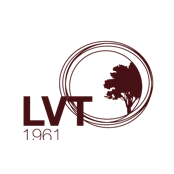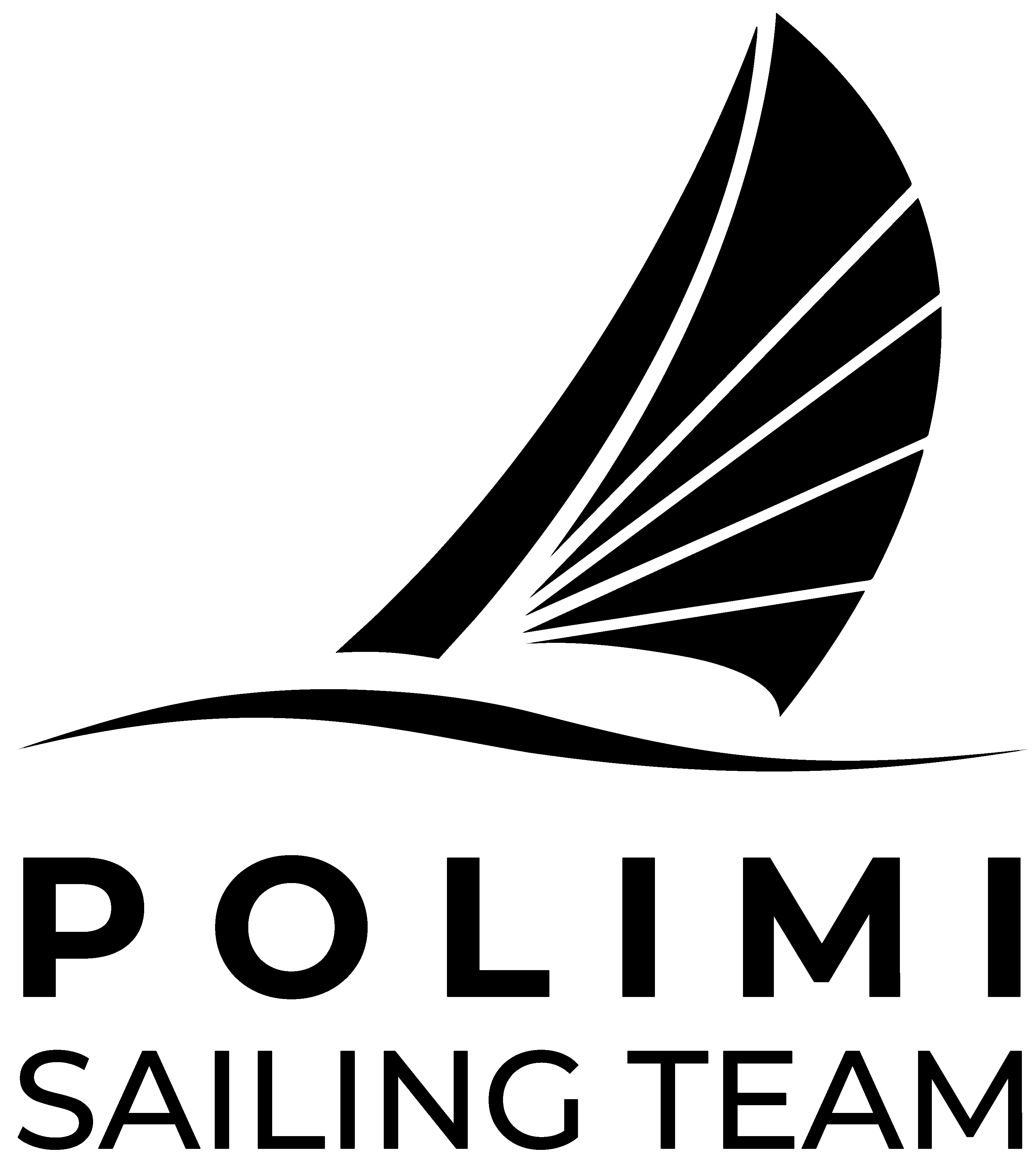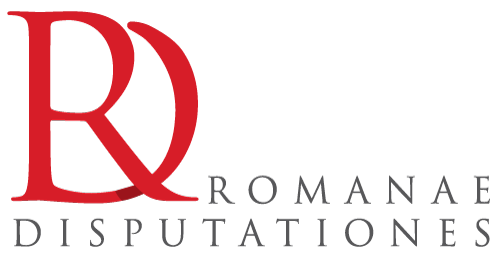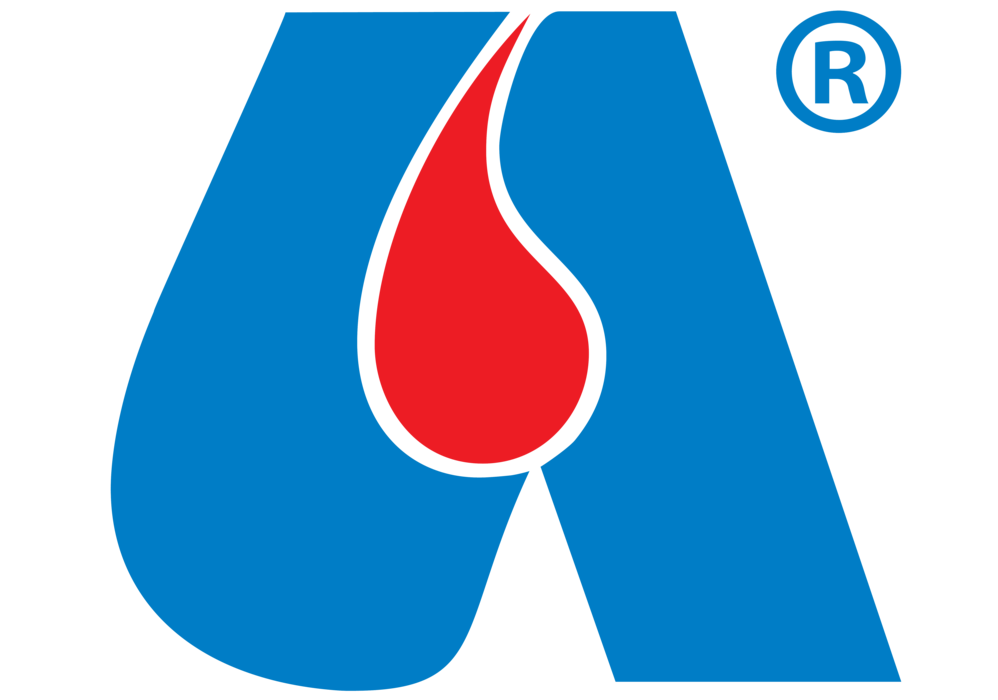Giacomo Lorenzon
Mathematical Engineer, MSc
Mathematical Engineer, MSc
I graduated with honours in Mathematical Engineering from Politecnico di Milano, under the supervision of Prof.ssa Paola Antonietti. My work blends rigorous theoretical studies with a focus on practical, high-impact applications in mathematical modelling and computational science. In my free time, I enjoy playing the piano and exploring the mountains, where I find balance. I played basketball for several years leading my team through several tournaments.
Languages: Italian - mother tongue, English, French - fluent.







A discontinuous Galerkin method for the three-dimensional heterodimer model with application to prion-like proteins’ dynamics
F. Antonietti, M. Corti, and G. Lorenzon presented a significant contribution to the numerical modelling of prion-like proteins' dynamics in their work, ''A discontinuous Galerkin method for the three-dimensional heterodimer model with application to prion-like proteins’ dynamics''. This study, published in the *Proceedings of the European Congress of Mathematics (2024)*, explores the use of a discontinuous Galerkin (DG) method to solve the complex, three-dimensional heterodimer model that underpins prion aggregation dynamics. The DG approach is particularly well-suited for handling the model’s intricate features, including nonlinearity, anisotropy, and the strong localisation of reactions. The authors apply this framework to prion-like proteins, offering new insights into their pathological misfolding and aggregation processes. Their methodology not only ensures robust stability and high accuracy but also demonstrates computational efficiency, making it a promising tool for large-scale simulations of protein misfolding. This work highlights the interdisciplinary fusion of applied mathematics and biophysics, paving the way for deeper understanding and potential therapeutic advances in neurodegenerative diseases.
BraiNum project
The BraiNum project, developed at MOX (Modelling and Scientific Computing Laboratory) at Politecnico di Milano, focuses on advancing computational and mathematical methodologies for modelling brain structures and functions. The project leverages state-of-the-art numerical methods, data-driven approaches, and machine learning techniques to study the complexity of neural systems. By integrating high-resolution neuroimaging data with sophisticated computational models, BraiNum aims to provide deeper insights into brain dynamics, connectivity patterns, and neurological disorders. The project's interdisciplinary framework bridges mathematical modelling, neuroscience, and computer science, paving the way for innovative diagnostic tools and therapeutic strategies.
life-x project
The LifeX project is a cutting-edge initiative centred on the development of a high-performance C++ Finite Element library, specifically tailored for mathematical modelling and numerical simulations in cardiac applications. By offering an optimised computational framework, LifeX addresses the complexities of simulating cardiac dynamics, including electrophysiology, biomechanics, and fluid-structure interactions. Its robust and scalable design allows researchers to solve large-scale problems with high accuracy and efficiency, making it ideal for applications such as patient-specific simulations and the study of heart pathologies. The project's emphasis on open collaboration and advanced numerical techniques fosters innovation in computational cardiology, ultimately contributing to improved diagnostic and therapeutic solutions.
Intermittent collective dynamics emerge from conflicting imperatives
Intermittent collective dynamics arise when groups or systems respond to competing demands or conflicting objectives. These dynamics are characterised by phases of heightened activity interspersed with periods of relative quiescence. The conflict between imperatives—such as the tension between individual and collective interests, stability and change, or efficiency and creativity—generates patterns of interaction that are unpredictable yet patterned. This phenomenon is often observed in social movements, ecosystems, and organisational behaviour, where the interplay of divergent goals produces cycles of cooperation, competition, and reorganisation. Understanding these dynamics requires a multidisciplinary approach, blending insights from sociology, systems theory, and behavioural science to unravel how complex systems navigate internal and external contradictions.